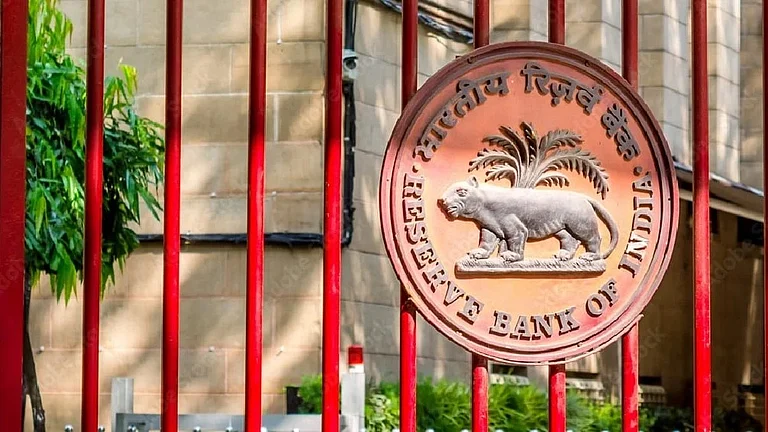In the monetary policy committee (MPC) meeting on December 6, 2012, the Reserve Bank of India (RBI) kept the repo rate unchanged at 6.5 per cent for the 11th time in a row. This means that a rate cut did not happen and homeowners cannot expect a cut in interest rates either, at least for now.
RBI Governor Shaktikanta Das also made an important announcement regarding the cash reserve ratio (CRR).
“Even as liquidity in the banking system remains adequate, systemic liquidity may tighten in the coming months due to tax outflows, increase in currency in circulation, and volatility in capital flows. To ease the potential liquidity stress, it has now been decided to reduce the CRR of all banks to 4 per cent of the net demand and time liabilities (NDTL) in two equal tranches of 25 basis points (bps) each with effect from the fortnight beginning December 14, 2024, and December 28, 2024. This will restore the CRR to 4 per cent of NDTL, which was prevailing before the commencement of the policy tightening cycle in April 2022. This reduction in CRR is consistent with the neutral policy stance, and would release primary liquidity of about Rs 1.16 lakh crore to the banking system,” he said.
What Is CRR?
CRR is a monetary policy tool used by the RBI to control the amount of money circulating in the economy. It mandates that banks must hold a certain percentage of their total deposits as liquid cash with the RBI. This cash cannot be used for lending or investments.
“CRR is the portion of deposits banks are required to park with the central bank,” says Adhil Shetty, CEO, BankBazaar, a fintech firm.
When the RBI increases the CRR, banks have less money to lend, which can slow down economic activity and reduce inflation. Conversely, a decrease in the CRR frees up more funds for lending, and stimulates economic growth.
According to Achala Jethmalani, economist, RBL Bank, “once this liquidity is freed up it can be either used by the banks to meet their lending or investment strategy”.
The CRR is a powerful tool for the RBI to influence interest rates, credit availability, and overall economic stability. By adjusting the CRR, RBI can fine-tune the money supply to achieve its macroeconomic objectives.
What It Means For Depositors and Borrowers?
When the CRR is cut, banks get access to more funds for lending.
Says Shetty, “This means better liquidity in the system, but not necessarily higher interest on deposits. For borrowers, it can mean lower interest rates and easier access to loans—a potential win for economic growth.”
However, the impact may not be direct and automatic.
Says Jethmalani: “There is no direct impact of CRR for bank depositors or borrowers. The impact on rates would have been visible if there had been a repo rate cut. Some indirect impact can be expected via lower borrowing costs for the banks and those will likely be transmitted to borrowers having loans linked to the marginal cost of funds based lending rate (MCLR) vs those having loans linked to the external benchmark lending rate (EBLR).”
So, at present, the lending and deposit rates are expected to remain constant.














